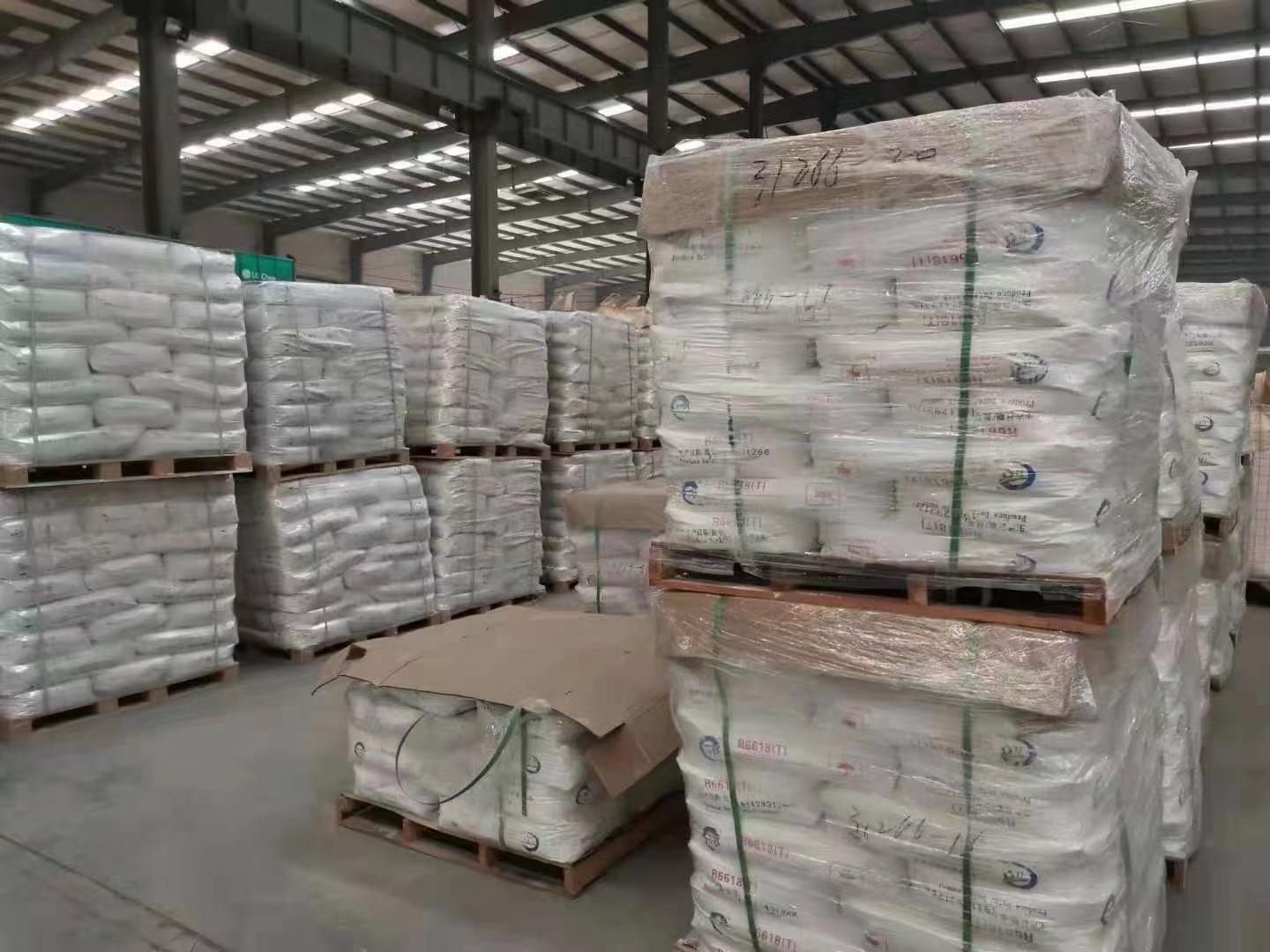
Déc . 15, 2024 09:09 Back to list
Rutile TiO2 Production Facility for High-Quality Titanium Dioxide Manufacturing
Rutile Type TiO2 Factory An Overview of Production and Applications
Rutile, a vital mineral form of titanium dioxide (TiO2), plays a significant role in a myriad of industrial applications, ranging from pigments to advanced materials. The rutile type TiO2 factory produces this invaluable compound through a series of intricate processes that transform raw materials into a high-purity substance. Understanding the factory's operations, the production process, and the applications of rutile type TiO2 provides insight into its importance in modern manufacturing.
Production Process of Rutile TiO2
The manufacturing of rutile TiO2 primarily involves the extraction and refinement of titanium ores, chiefly ilmenite and rutile. The production process is generally divided into three key stages mining, processing, and pigment production.
1. Mining The process begins with the extraction of titanium raw materials. The most common sources include beach sands and hard rock deposits. The mining operation typically involves open-pit methods to obtain these minerals, which are then transported to processing facilities.
2. Processing Once the raw materials are obtained, they undergo several stages of processing to separate titanium minerals from impurities. The primary methods employed include physical separation techniques such as gravity separation, magnetic separation, and flotation. These methods ensure a high concentration of titanium content, leading to the production of synthetic rutile.
3. Pigment Production After acquiring high-grade synthetic rutile, the next step involves converting it into titanium dioxide through the chloride or sulfate process. In the chloride process, rutile is chlorinated to produce titanium tetrachloride (TiCl4), which is subsequently oxidized to yield TiO2. The sulfate process involves sulfate digestion, followed by hydrolysis and calcination. This results in the production of high-purity rutile TiO2 suitable for various applications.
Applications of Rutile TiO2
rutiletypetio2 factory

Rutile TiO2 is renowned for its brilliant whiteness, high refractive index, and excellent UV resistance, making it a preferred choice for numerous applications in various industries.
1. Pigments The most common use of rutile TiO2 is in the production of pigments. Its exceptional hiding power and durability make it ideal for use in paints, coatings, plastics, and inks. The pigment industry utilizes rutile TiO2 in a range of products, from automotive paints to household finishes.
2. Cosmetics Rutile TiO2 is frequently used in cosmetics, particularly in sunscreens and mineral makeup. Due to its UV filtering properties, it protects the skin from harmful sun rays while providing a natural matte finish.
3. Plastics and Rubber The incorporation of rutile TiO2 in plastics enhances their strength, durability, and weather resistance. It also improves opacity and brightness, making it a sought-after additive in various plastic products. In rubber manufacturing, it acts as a reinforcing agent, enhancing the material's tensile strength and wear resistance.
4. Ceramics and Glass Rutile TiO2 is beneficial in the production of ceramics and glass as a coloring agent. It helps achieve vibrant hues and improves the overall aesthetic appeal of ceramic tiles and glass products.
5. Advanced Materials With the advent of nanotechnology, rutile TiO2 has found applications in high-performance materials. Its photocatalytic properties are exploited in environmental purification and energy production, such as in self-cleaning surfaces and solar energy conversion.
Conclusion
The rutile type TiO2 factory is a hub of innovation and essential production, fostering a key mineral that underpins numerous industries. From its meticulous extraction and production processes to its diverse applications, rutile TiO2 stands as a testament to the integration of natural resources into high-tech and everyday products. As the demand for titanium dioxide continues to grow, the rutile TiO2 factory will play an increasingly vital role in sustainable production practices, shaping the future of materials science.
-
High-Quality Determination of Sulphate as TiO2 Wholesale Supplier & Manufacturer from China
NewsJul.05,2025
-
Competitive Harga Titanium Dioxide Wholesale Prices from Leading Manufacturers in China
NewsJul.05,2025
-
High-Quality Titanium Dioxide R605 Powder Coating Multi-Purpose Product – Reliable China Supplier
NewsJul.04,2025
-
High Purity Chlorination Process Titanium Dioxide Manufacturer & Wholesale Supply from China
NewsJul.04,2025
-
China Lithopone in China Supplier – High Quality Lithopone ZnS 30% Powder for Wholesale
NewsJun.10,2025
-
Top China Titanium Dioxide Company – Premium TiO2 Powder Supplier & Manufacturer
NewsJun.10,2025
